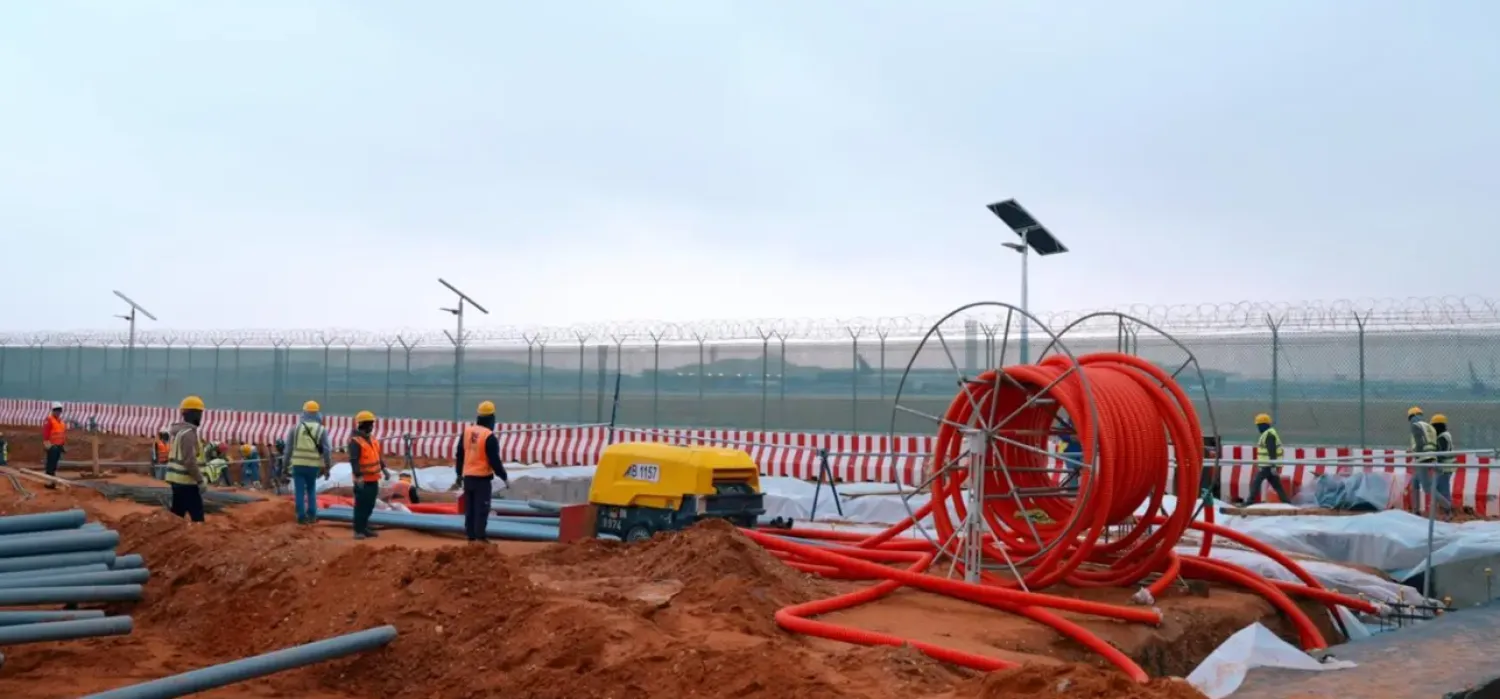The Lebanese people’s cheers did not last long with the tangible improvement in the exchange rate and the speculations about the US dollar reaching the threshold of LBP 5,000.
The green currency rose again on Monday and reached LBP 8,000 by the end of day.
Banking sources told Asharq Al-Awsat that unfounded information spread about a dramatic decrease in the value of the USD against the Lebanese pound, with the aim to motivate some home savers and non-currency dealers to offer hard currency.
According to the sources, rumors also overstated unconfirmed political moves and inflated imminent external support, in addition to amounts “brought in by expatriates after the reopening of Beirut’s international airport.”
However, the banking officials noted that the re-delegation of the banks to manage the subsidized dollar portfolio - which is provided by the central bank at a price of LBP 3,900 for the benefit of importers of the food and basic commodity basket approved by the Ministry of Economy - actually contributed to curbing the real and justified demand for the dollar at the licensed cashiers and created a less tense atmosphere in the parallel market.
On the other hand, Lebanon’s stumbled negotiations with the International Monetary Fund (IMF) have generated negative factors that put further pressure on the national currency.
The talks with the IMF experts were aimed at securing an easy financing program to help the government tackle the large financial gap that has affected all production, labor and employment sectors.









